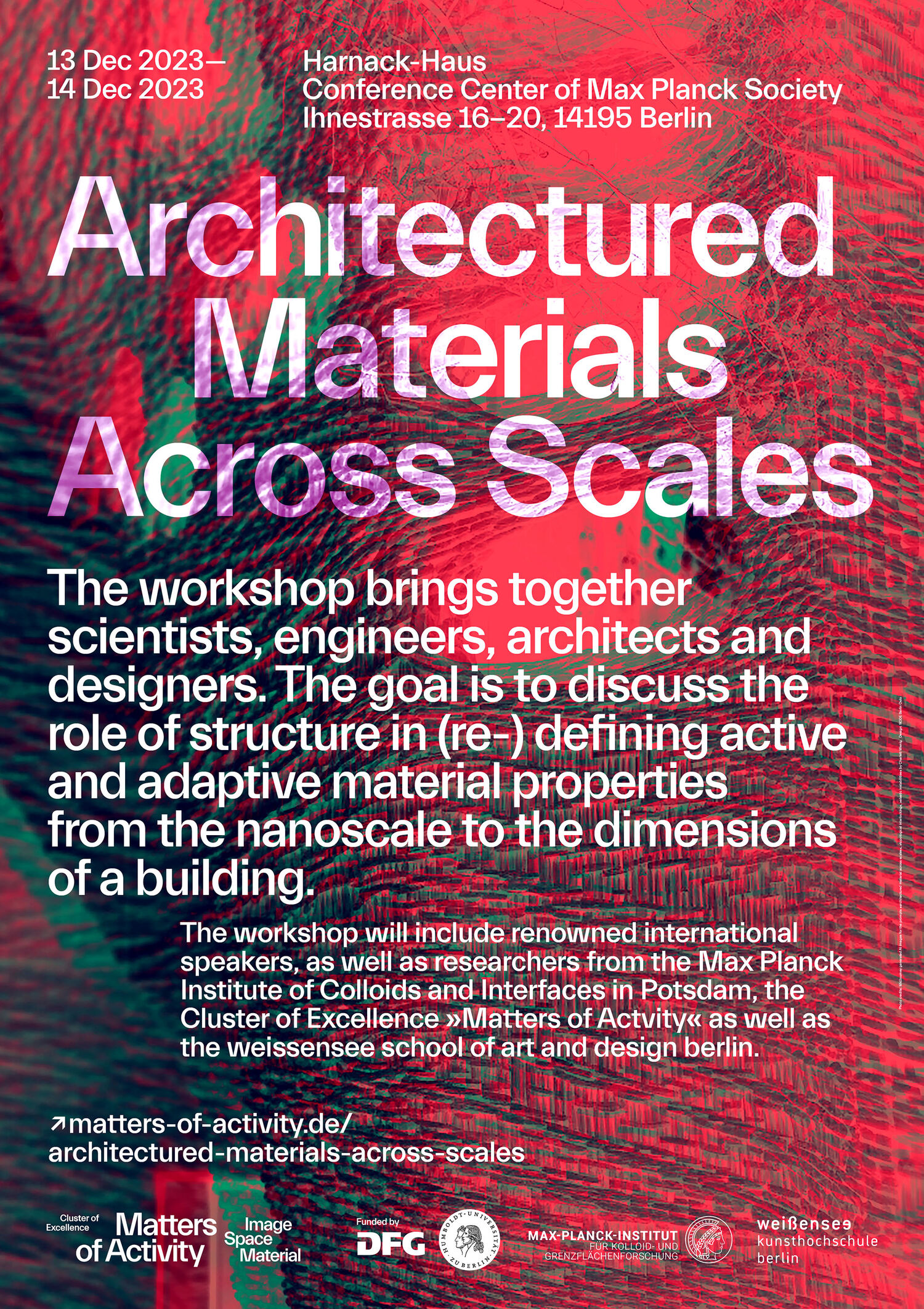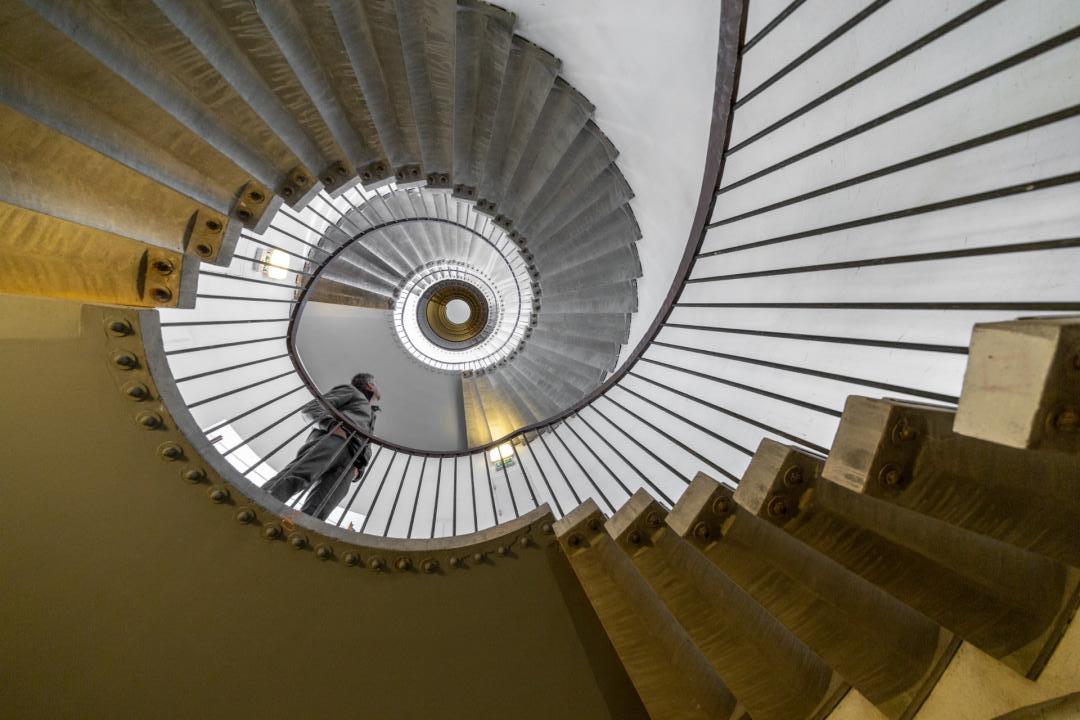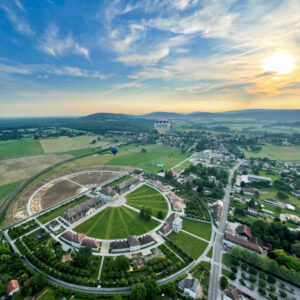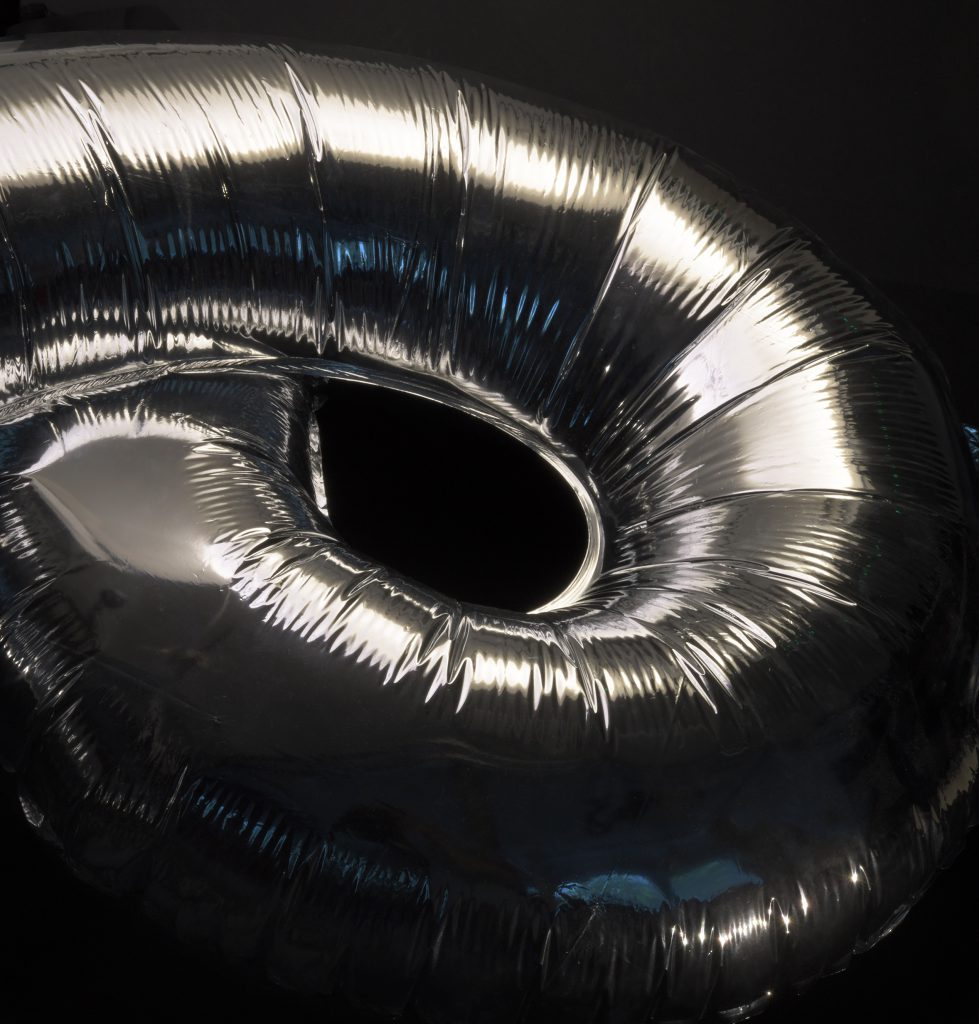
Architectured Materials Across Scales, 13-14/12/2023, Berlin

PMMH

The second edition of Graphyz will take place at the Saline Royale of Arc-et-Senans, France, from October 16 evening to October 19 mid-afternoon. Attendance will be limited to around 80 participants, so if you wish to attend, plan to register early! Registration is now open!
visit the website : https://project.inria.fr/graphyz2/

Snow avalanches, fluid flows, hair and cloth motion are just a few examples of the many phenomena that have been approached by both the computer graphics and the physics/mechanics communities. In graphics, the focus is primarily on developing numerical models that are visually convincing, efficient and controllable, so as to serve narrative and artistic goals, while physics/mechanics is all about developing predictive mathematical models and confronting them to real experiments. Because of these different focuses, the interaction between the communities has remained limited until recently. Cross-collaborations have surged when researchers from both sides started to realize their shared interest for capturing the rich couplings between geometry and dynamics of every-day phenomena, while perceiving that their approaches complement each other nicely: computer graphics is a playground for powerful numerical methods that are not known to most physicists/mechanicians; conversely, the accuracy of the physical/mechanical models can serve numerical efficiency and visual realism well.
Following the large success of the first edition of Graphyz launched in 2019, this second edition of Graphyz aims at continuing to foster collaborations and exchange of ideas between our two communities, by focusing on a few promising topics.
New for this second edition: sessions for open talks will be organised, with a call for contributions! See more details here.

Inflatable structures are flat and foldable when empty and both lightweight and stiff when pressurized and deployed. They are easy to manufacture by fusing 2 inextensible sheets together along a defined pattern of lines. However, the prediction of their deployed shape remains a mathematical challenge, which results from the coupling of geometrical constraints and the strongly nonlinear and asymmetric mechanical properties of their composing material: thin sheets are very stiff on extensional loads, while they easily shrink by buckling or wrinkling when compressed. We discuss the outline shape, local cross-section, and state of stress of any curvilinear open path. We provide a reverse model to design any desired curved 2-dimensional shape from initially flat tubes.